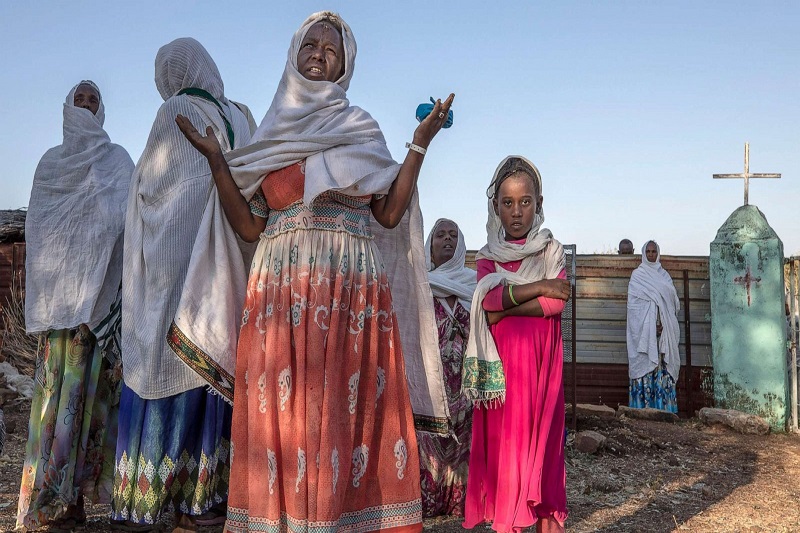Last updated on November 16th, 2021 at 07:33 am
Tigray – Information flow has been badly hampered in the Tigray conflict, making it difficult for humanitarian organizations to understand the intensity of the loss of human life.
Somewhat like the way Houthis were functioning in Yemen, feeding media and human rights organizations with misinformation, rebels in the Tigray region of Africa have used misinformation as their greatest tool to stop the escalating conflict in the region.
It has been confirmed that both internet and other communication lines have been disrupted and, in many cases, propaganda has always carried the day. It has become impossible to ascertain the actual number of lives lost since 2020 when the regional conflict escalated in the Tigray region in Ethiopia.
Apparently, Facebook and Twitter are being used to create misinformation and suppress the conflict and its reality in Tigray. In May 2020, an independent scholastic organization had published a report on the game of misinformation. The intent was to legitimize a succession war led by the Tigray People’s Liberation Front (TPLF) against the multiethnic federal government.
Related Posts
As the government decided to act upon the regional conflict through a military offensive in the northern Tigray region, some people took it as an opportunity to spread misinformation online as well. This included material either not directly related to the conflict or, sometimes, altered to make it look like it is. From morphed pictures of arsenal to false claims of attacks from rival parties, the misinformation was to mask the actual reality on the ground.
Meanwhile, the African Union’s special envoy for the Horn of Africa, Olusegun Obasanjo, has said that he is hopeful of a calm solution to the conflict that has been raging on since last year. But he also feels, dialogue for a solution cannot come through without an immediate ceasefire. On the internet, rival parties are busy in a blame game, claiming one victory over the other. There isn’t much to substantiate the authenticity of such claims.

